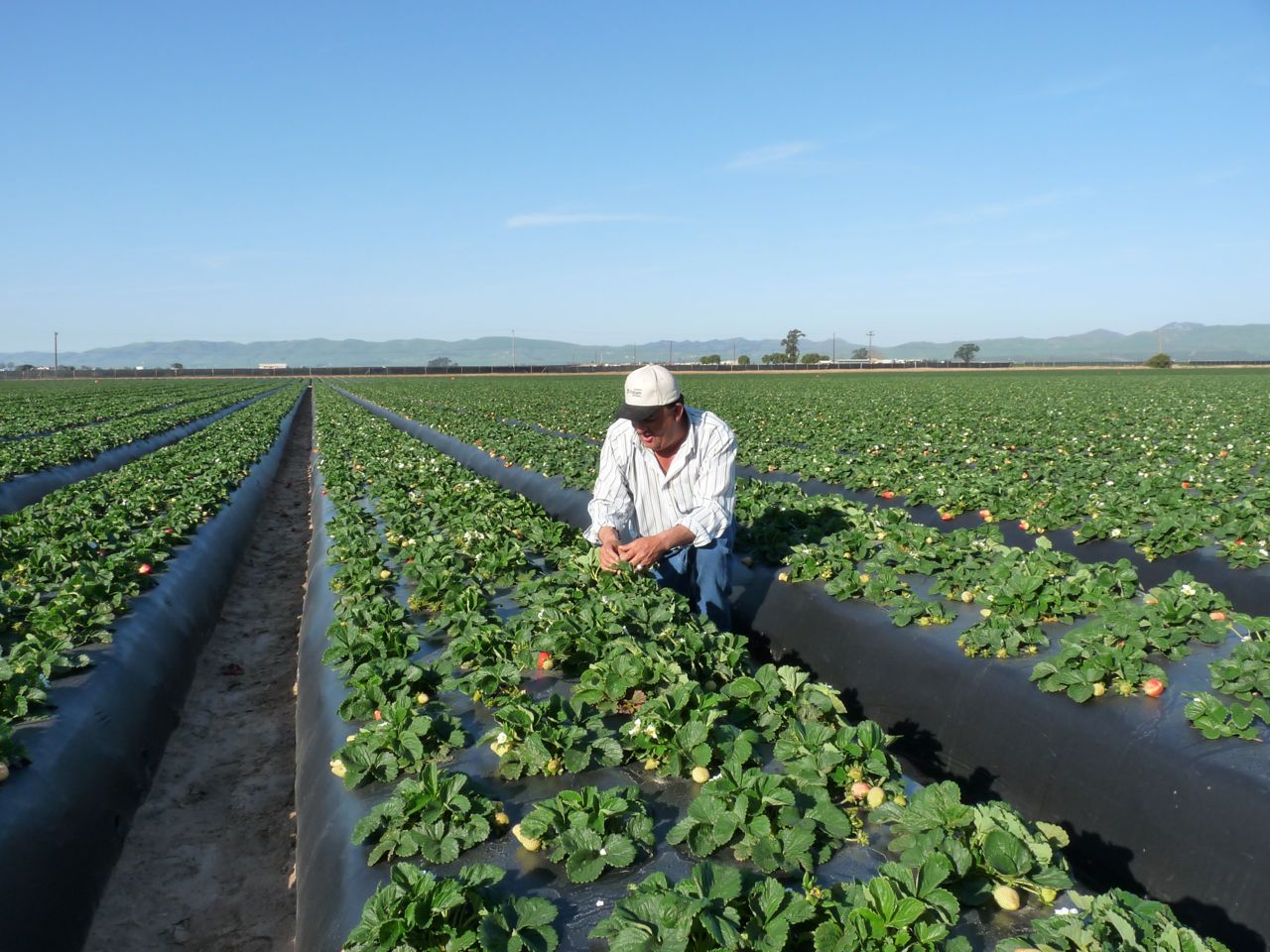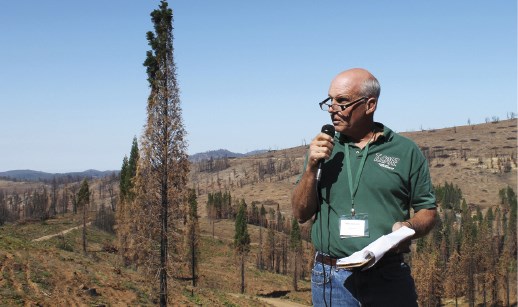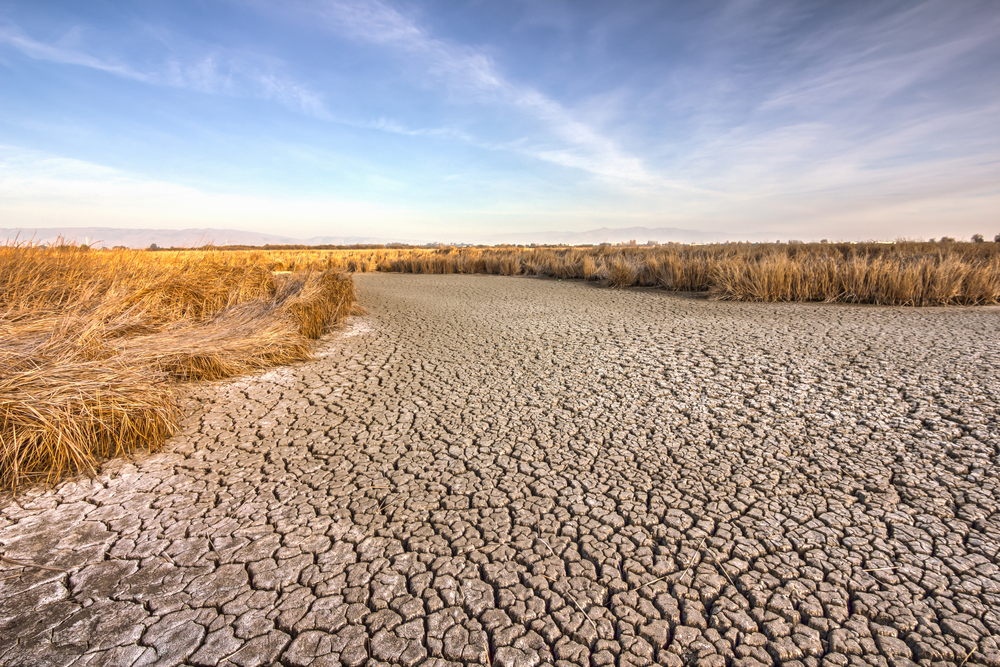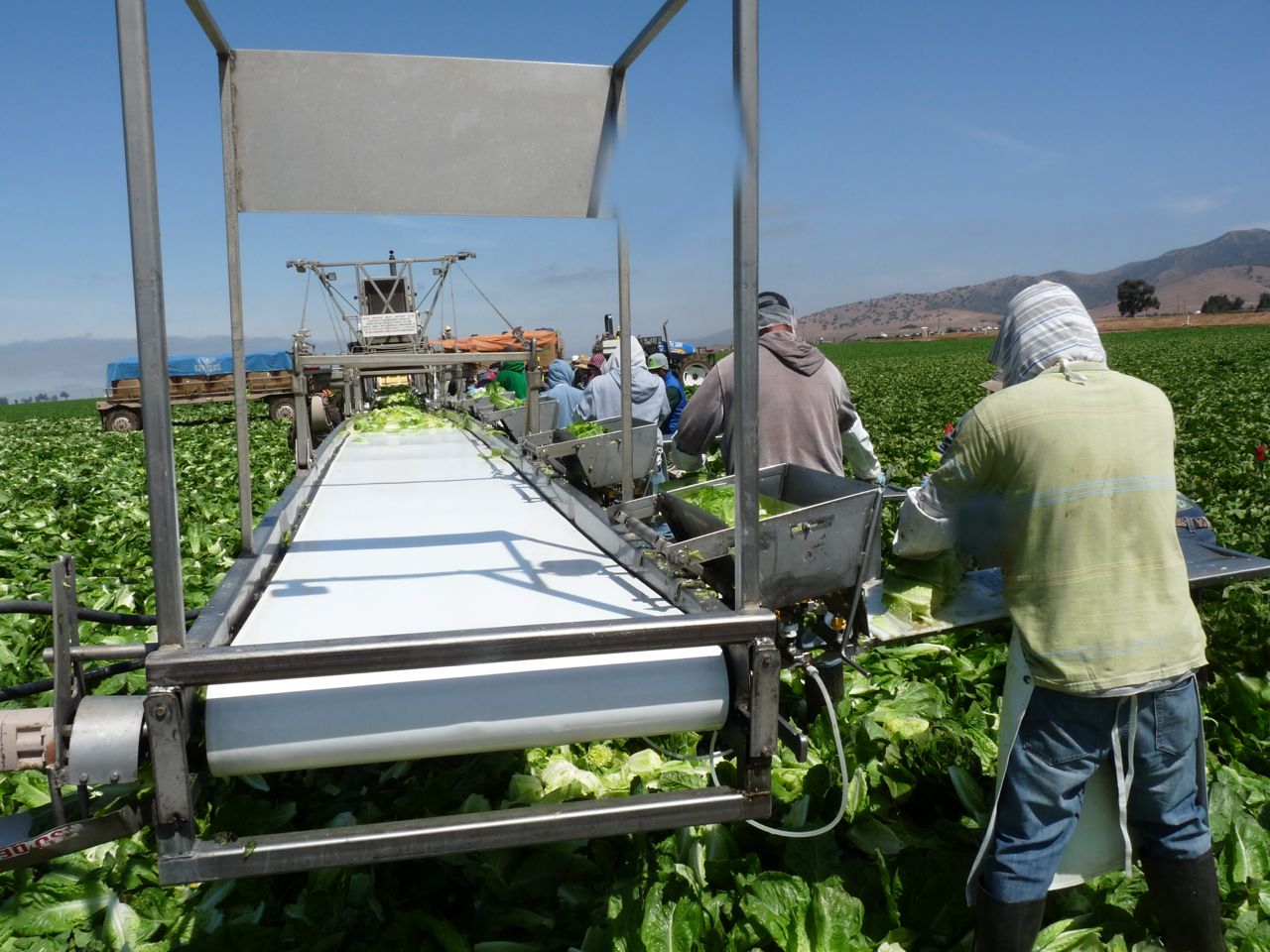‘To-do list’ on food safety grows longer for feds
Source: Benjamin Goad; The Hill
The largest food safety overhaul in generations is being starved of funding needed to enforce a host of new regulations for factories, farms and importers, safety advocates warn.
The 2010 Food Safety Modernization Act (FSMA) was billed as creating a fundamental shift in the way government protects the nation’s food supply against the threat of food-borne illness.
But despite bipartisan and industry support for the program, only a fraction of the funding needed to implement and enforce it has materialized. Now, with most fiscal 2015 funding issues likely in limbo until after the midterm elections, uncertainty remains.Without additional funding, priorities of the ambitious initiative could fall short, public interest groups fear.
“They’re just not going to make enough of a dent in their to-do list,” said Sandra Eskin, director of food safety at The Pew Charitable Trusts. “They’re going to be really strapped to effectively enforce it.”
The Food and Drug Administration in January of last year began rolling out the first of seven draft rules in support of the FSMA, the biggest food safety update in 70 years.
The rules add a slate of standards for the agriculture industry and food manufactures, and create third-party audits and a new supplier verification program to prevent contaminated foods from entering the country.
Together, the rules are meant to replace a decades-old system built to respond to illness outbreaks with one set up to prevent them through better practices at production plants, warehouses and farms.
The rule-making process has been fraught with delays, as the FDA grapples with a litany of questions about how to impose the regulations. The agency has been forced to revise and re-propose some of the rules in response to industry concerns.
The FDA’s failure to meet a July 2012 deadline under the law drew a lawsuit from food safety advocates and a subsequent federal court order requiring the agency to complete all final regulations under the FSMA by mid-2015.
But merely putting the rules in place is one matter; creating a system to enforce them is another.
During budget hearings this year, Michael Taylor, the FDA’s first ever deputy commissioner for foods, made clear that current funding levels would be insufficient.
“Simply put, we cannot achieve our objective of a safer food supply without a significant increase in resources,” he told members of the House Energy and Commerce Committee.
Upon approval of the FSMA in 2010, the nonpartisan Congressional Budget Office estimated the FDA would need an additional $583 million over five years to carry out its new mission.
Following boosts totaling just under $100 million in fiscal 2011 and 2012, the administration estimated last May that an additional $400 million to $450 million would be required “to make FSMA a fully successful initiative.”
Since then, the funding allocated to the effort has been much less than requested, thanks to budget cuts and competing priorities. An omnibus funding bill for fiscal 2013 included $40 million for food safety, but that total was reduced to $37 million by sequester-related cuts.
A fiscal 2014 omnibus passed in January added $53 million more. As of Tuesday, the agency said an additional $362 million to $412 million was needed.
Spending bills now pending in both chambers of Congress contain increases of around $25 million, sowing angst among groups who say funding is required to fully implement the law.
Even business groups with reservations about the new restrictions support additional funding, which they view as bringing certainty to the industry.
“In order to keep consumer confidence in the safety of America’s food supply high and to reduce the number of foodborne illnesses, it is important that FDA also have the infrastructure in place to implement FSMA once the rules are finalized and after the appropriate compliance period ends,” a coalition of major businesses including Wal-Mart, General Mills and Coca-Cola wrote in a letter to congressional appropriators.
Specifically, the groups are calling for funding to retain and hire additional scientific experts, modernize the FDA’s information technology and increase food safety inspections to meet the targets set out in the law.
Sophia Kruszewski, a policy specialist at the National Sustainable Agriculture Coalition, said the group is worried that a lack of funding would imperil programs authorized by the law to help farmers and other food producers come into compliance.
“Funding will be critical because so much of what proper implementation of FSMA is gong to require is training,” Kruszewski said. “It’s hard to know where all the money is going to come from.”
The Obama administration has proposed new user fees to help meet the funding goals. The president’s 2014 budget request calls for a new registration fee for domestic and foreign food facilities that are required to register with FDA. The fee would have yielded an estimated $59 million this year.
A second fee on imports would have brought in $166 million, according to estimates.
Congress, however, has not approved legislation establishing the fees, which industry groups have denounced as a “food tax.”
In prodding Congress to direct more money to the safety effort, public interest groups say the cost of inaction could be made clear in the event of a major illness outbreak.
There have been 26 multi-state outbreaks of food-borne illness since Obama signed the FSMA into law, according to a Pew analysis.
Food safety advocates say they are trying to raise the public profile of an issue that affects all Americans.
“Every time they sit down for a meal, they want to know that the government is doing to make sure their food is safe,” Eskin said.


















